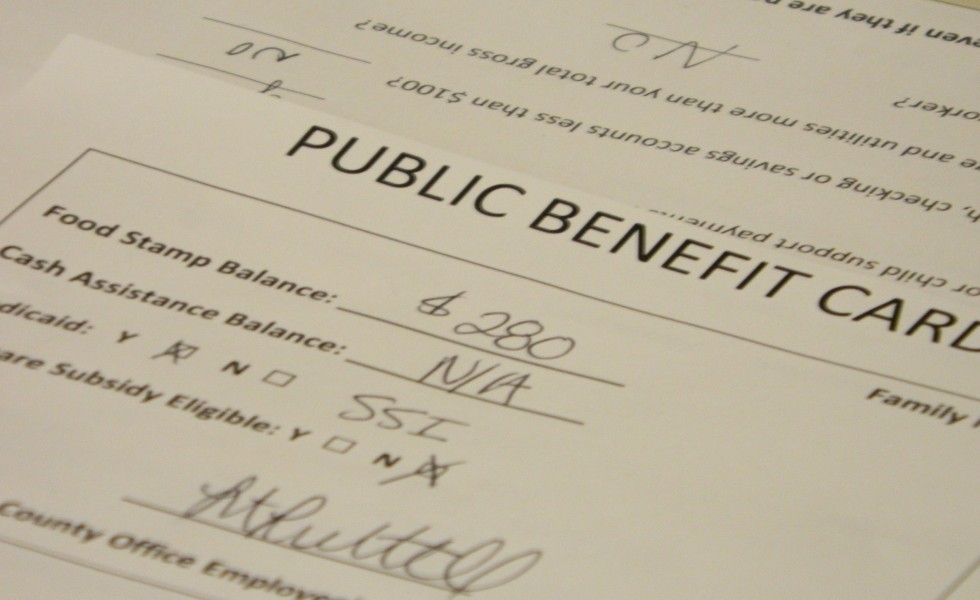Ag’s New Math
Posted on January 20, 2014

It might be a new year but the old year’s weaknesses persist.
For example, I still try to type the word “separate” with one “a,” still can’t walk past a display of cherry licorice without buying some, and still can’t do high-end math like, say, division.
Part of that latter weakness goes back to the 1960s when the world switched to something called “New Math.” It looked a whole lot like the old math but what did I know, I was awful busy looking for my next packet of red licorice.
A half-century and another year later, however, I may have this “new” math noodled out. Here’s what I mean.
According to the Jan. 2 Cleveland (OH) Plain Dealer, data released by the U.S. Department of Agriculture on Dec. 31 showed “that despite partisan rhetoric about food stamp fraud and abuse, a record low rate of food stamps were given out in error—3.42 percent in 2102 when all errors were accounted for.”
Moreover, the Plain Dealer, went on, “(O)nly 2.77 percent of the errors involved overpayment… the rest—0.65 percent—occurred in cases where the government gave fewer benefits, not more, than the recipient was entitled to.”
Even better, 2012 was “the ninth straight year that the national error rate for the Supplemental Nutrition Assistance Program, or SNAP, has been under 6 percent… ”
Those facts, Ohio’s Democratic Sen. Sherrod Brown told the newspaper, point to one conclusion: “When detractors of SNAP overstate fraud to further their own political goals, they not only hurt families struggling with a tough economy, they engage in blatant dishonesty.”
Blatant or not, it is dishonest to claim that SNAP, given years of irrefutable facts, is a program ripe with fraud, overpayment and corruption.
There are other government programs, even other USDA programs, that feature higher—and in many cases, far higher—rates of fraud, overpayment and corruption than SNAP.
For example, on Aug. 12, 2013, USDA released its annual “Executive Order 13520 Audit Report” for 2012 (http://www.usda.gov/oig/
By definition, the “threshold for a reportable overpayment” is “more than $5,000 in total to an individual for the quarter and as more (sic) than $25,000 in total to an entity…”
Of the seven internal USDA agencies or departments that reported payments of at least that size, the Food Nutrition Service—the bureaucratic home to food assistance programs like SNAP and the National School Lunch Program—had zero “number of reported high-dollar overpayments” for zero dollars in 2012.
The winner of this biggest loser race, according to USDA’s Inspector General, was the Risk Management Agency’s Federal Crop Insurance Program. In 2012, RMA reported at least 70 overpayments in the federal crop insurance that totaled more than $14.6 million, or an average overpayment of $209,301.
What’s more, while those overpayments numbered just 30 percent of all USDA mistakes in 2012, the total amount of crop insurance “overpayment” cash equaled 72 percent of all wrongly paid USDA cash.
Rep. Collin Peterson, D-MN, Ranking Member of the House Ag Committee, believes those numbers don’t even show the iceberg tip of crop insurance errors and fraud. Last April Peterson publicly estimated that “there is five times as much fraud” in federal crop insurance than in SNAP.
How’s this square with my new understanding of new math?
Simple. Year upon year of declining fraud and no evidence of overpayment in the SNAP program will likely bring more claims of fraud and deep cuts in funding to SNAP while more and bigger overpayments and more alleged fraud in crop insurance will bring it more federal funds and less scrutiny.
But, hey, check my math on that while I get some more red licorice.
© 2014 ag comm
Share This